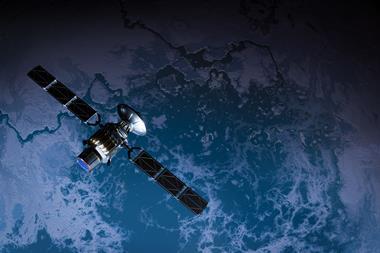Radar charts pinpoint risk accurately, consultant says
EnviroScience Research has launched the first satellite radar subsidence maps of London.
Principal consultant Richard Stow said the maps had a successful three- month pilot and were a unique way of accurately pinpointing subsidence risks.
"These are the first satellite maps of surface deformation and subsidence in the London region. Clay shrink and swell is the main cause of structural damage in London," said Stow.
"Subsidence is highly variable. Before our research, the spatial distribution was unknown."
He said validation of the new data to a structural damage database was showing a high correlation between the mapping and damage.
"The remainder probably has causes unrelated to subsidence," he said.
Stow said EnviroScience Research's radar technology enabled users to identify risks "street by street and almost property by property".
He said insurers and risk managers could use the map to indicate where property insurance could be more competitive.
"Risk managers could undercut others by identifying a lower risk," said Stow.
"The data is readily applied to insurance claim data, which can then be generalised and mapped for risk assessment."
He said the maps could be integrated into insurers' Geographical Information Systems (GIS) to analyse claims distribution.
"Subsidence has repercussions in property and infrastructure," said Stow.
"When the infrastructure is affected, it causes severe disruptions in London. London subsides up to two inches a year, depending on the amount of vegetation and the age of properties.
The complexity reflected in the mapping enables insurers to target their efforts in areas more susceptible than others."
Stow said EnviroScience Research had also detected movement due to water pumping, tunnelling and the rising London water table.
Hosted by comedian and actor Tom Allen, 34 Gold, 23 Silver and 22 Bronze awards were handed out across an amazing 34 categories recognising brilliance and innovation right across the breadth of UK general insurance.












































